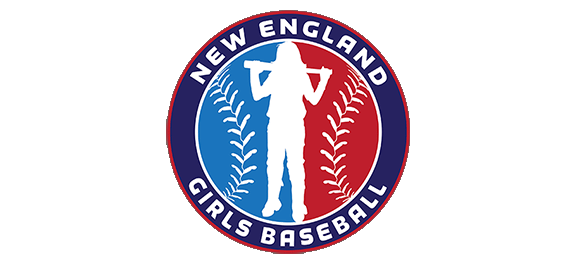Around 100 years ago, girls baseball was a prominent sport. Then, it was determined by a sporting goods magnate that baseball was too rough and tumble for girls, so they were pushed to its “safer” cousin, softball. For years, this dichotomy reigned; boys played baseball and girls played softball, even to a point of legislating girls out of Little League.
In the 1970s, girls challenged Little League’s exclusionary rules and won. Now, girls can play on Little League teams if they choose, and many do. However, of the 100,000+ girls who play Little League every year, fewer than 1,000 play high school ball. By the time they have reached their teenage years, most girls have given up the game. Some of these girls (who are now women) really loved it; I’ve run into quite a few women over the years who tell me they played “with the boys” until they were teenagers but finally gave up because there “wasn’t a place for them anymore.”
So yes. Girls can play Little League, and we’re not here to take that away or force anything on them. This is an opportunity for girls to learn from other girls, develop camaraderie on a baseball field with other girls, be coached by other women who have loved the game, and (most importantly) learn to love the game so that the game continues to grow and thrive.
Ultimately, the goal of this is to have a handful of New England travel baseball teams that compete against each other, yielding a pool of players that can populate high school teams. We need to start somewhere, and you can’t just magically put together high school teams when girls at the younger ages just haven’t played. By starting with younger girls, we can backfill and grow the game that way.
Here goes:
Purpose: To give girls the opportunity to play baseball recreationally at the younger levels, and create a love for the game that will allow the game to continue to flourish and thrive.
Way: Creating a league for younger girls, introducing more of them to the game than ever before and building familiarity and comfort with the game. This includes building town/area teams to mirror the locations of minor league teams in New England.
Impact: Ultimately, the development of girls’ baseball teams at the high school, college, and professional levels, and showing them that just because they’ve been told they can’t do something, that’s not a reason to believe it.
